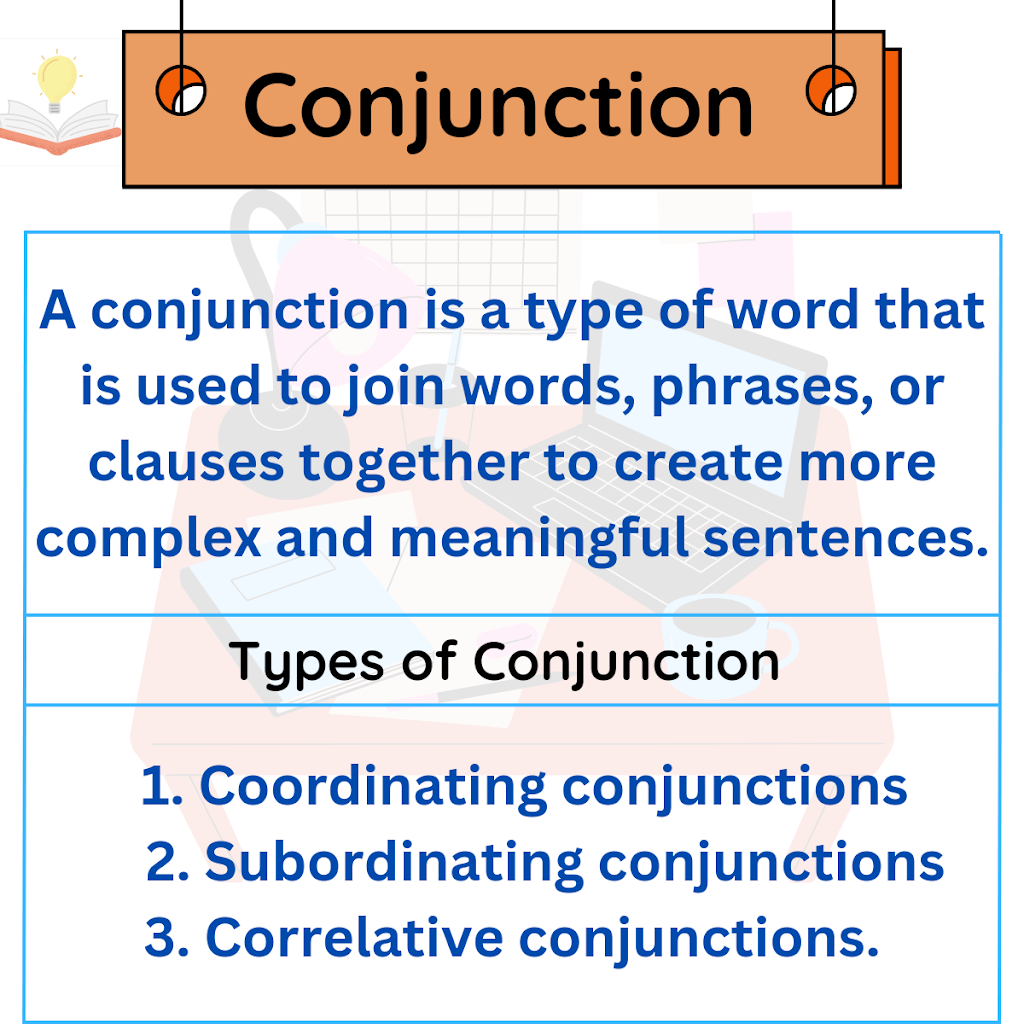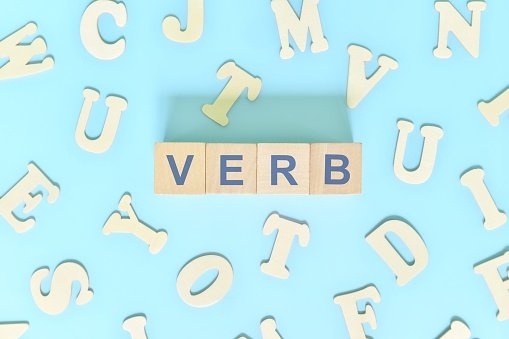Part of Speech | Definition, Kinds, Rules and examples
Parts of speech meaning definition kinds rules and examples
Parts of speech are categories used to classify words in a language based on their grammatical and semantic properties. There are typically eight parts of speech in the English language: nouns, verbs, adjectives, adverbs, pronouns, prepositions, conjunctions, and interjections.
Kinds of Parts of speech
- Noun
- Verb
- Adjective
- Adverb
- Pronoun
- Preposition
- Conjunction
- Interjection
Noun: A noun is a word that identifies a person, place, thing, or idea. Nouns can be proper or common, singular or plural, and concrete or abstract. Examples: dog, city, happiness, John.
Verb: A verb is a word that expresses an action, occurrence, or state of being. Verbs have tense, aspect, and voice. Examples: run, sing, eat, be.
Adjective: An adjective is a word that describes or modifies a noun or pronoun. Adjectives can indicate size, color, shape, age, and more. Examples: red, big, round, young.
Adverb: An adverb is a word that describes or modifies a verb, adjective, or other adverb. Adverbs can indicate time, manner, frequency, and more. Examples: quickly, always, very.
Pronoun: A pronoun is a word that takes the place of a noun or noun phrase. Pronouns can indicate person, gender, number, and case. Examples: he, she, they, it.
Preposition: A preposition is a word that shows the relationship between a noun or pronoun and other words in a sentence. Prepositions indicate time, place, direction, and more. Examples: in, on, under, to.
Conjunction: A conjunction is a word that connects words, phrases, or clauses in a sentence. Conjunctions can indicate addition, contrast, cause, and more. Examples: and, but, because.
Interjection: An interjection is a word or phrase that expresses strong emotion or surprise. Interjections are often used to show attitude or reaction. Examples: oh, wow, hey.
Here are some general rules for using parts of speech:
Nouns can be used as subjects or objects of a sentence, and can be modified by adjectives.
Verbs express an action or state of being, and can be modified by adverbs.
Adjectives describe or modify nouns or pronouns.
Adverbs describe or modify verbs, adjectives, or other adverbs.
Pronouns take the place of nouns in a sentence.
Prepositions show the relationship between a noun or pronoun and other words in a sentence.
Conjunctions connect words, phrases, or clauses in a sentence.
Interjections express strong emotions or reactions.
Examples:
Noun: The cat sat on the mat.
Verb: She is singing a song.
Adjective: The blue car is fast.
Adverb: He ran quickly to catch the bus.
Pronoun: They are going to the store.
Preposition: The book is on the table.
Conjunction: I will eat pizza or pasta for dinner.
Interjection: Wow, that’s amazing!


